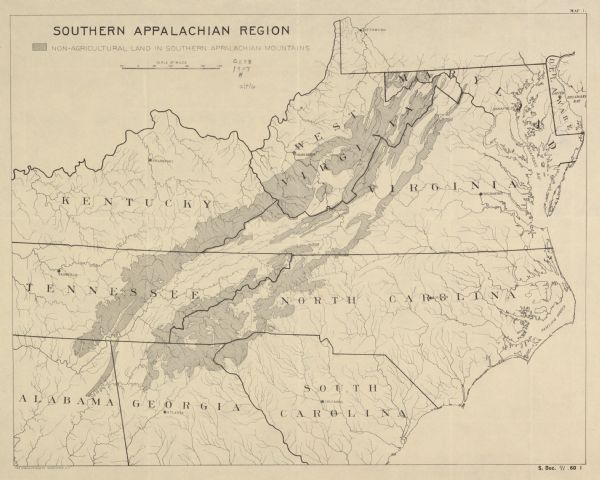Introduction
The Appalachian region, stretching from southern New York to northern Alabama and Georgia, played a critical role in American expansion and identity. Known for its rugged terrain and isolated communities, Appalachia became home to a diverse group of settlers who sought new opportunities in the 18th and 19th centuries. These early pioneers—predominantly Scots-Irish, German, and English—shaped the region’s unique culture, traditions, and resilience. This post explores the migration patterns, lifestyle, and enduring legacy of these early Appalachian settlers.
The Migration to Appalachia
The first wave of European settlers arrived in Appalachia in the early 18th century, primarily migrating from Pennsylvania and Virginia. The Scots-Irish, also known as Ulster Scots, played a particularly significant role in this migration. Originally from Scotland, they had settled in Northern Ireland before relocating to America due to religious persecution, economic hardship, and land scarcity (Fischer, 1989). Their movement down the Great Wagon Road into the Appalachian backcountry was instrumental in establishing early Appalachian settlements.
Germans, often referred to as the "Pennsylvania Dutch" (from the word "Deutsch"), also settled in the region. They brought agricultural expertise and a strong sense of community, which influenced farming techniques and social structures in Appalachia (Mitchell, 1977). Meanwhile, English settlers, many of whom were younger sons of landowners looking for opportunities outside the rigid inheritance laws of England, sought land and prosperity in the Appalachian wilderness (Fischer, 1989).
Life on the Appalachian Frontier
Settling in Appalachia was no easy feat. The rugged mountains, dense forests, and unpredictable weather made farming and travel difficult. Unlike the plantation economy of the South or the mercantile towns of the North, Appalachian settlers relied on subsistence farming, hunting, and bartering for survival (Williams, 2002).
Cabins were typically made of logs, and families used whatever resources were available to craft tools, clothing, and household items. Corn was a staple crop, often ground into meal for cornbread, while livestock such as pigs and cattle provided meat and dairy products. Hunting played a significant role in the diet of Appalachian settlers, with deer, turkey, and small game being essential food sources (Inscoe, 2001).
The Influence of Indigenous Peoples
The Cherokee and other Indigenous groups had long inhabited Appalachia before European settlement. Early settlers adopted many Indigenous practices, including hunting techniques, herbal medicine, and knowledge of the land (Williams, 2002). However, the relationship between settlers and Native Americans was complex, often marked by conflict over land and resources. The Treaty of Sycamore Shoals (1775) and other agreements attempted to delineate settlement boundaries, but tensions remained high, ultimately culminating in the forced removal of the Cherokee during the Trail of Tears in the 1830s (Inscoe, 2001).
The Frontier Spirit and Legacy
The self-sufficient and independent spirit of Appalachia’s early settlers laid the foundation for the region’s cultural identity. Storytelling, folk music, and strong community ties became hallmarks of Appalachian life. Many of these traditions persist today, from bluegrass music’s Scots-Irish roots to the region’s distinctive dialects and crafts (Fischer, 1989).
Moreover, the resilience of Appalachian settlers has become emblematic of American perseverance. Their willingness to adapt to difficult conditions, coupled with their deep-rooted sense of independence, continues to define Appalachia’s historical narrative (Williams, 2002).
Conclusion
The early settlers of Appalachia forged a way of life that shaped not only the region but also the broader American frontier experience. Their migration patterns, lifestyle, and cultural adaptations reflect the determination and resourcefulness that characterized westward expansion. Understanding this history provides insight into the enduring legacy of Appalachia and the continued importance of preserving its traditions.
References
Fischer, D. H. (1989). Albion’s seed: Four British folkways in America. Oxford University Press.
Inscoe, J. C. (2001). Appalachians and race: The mountain South from slavery to segregation. University Press of Kentucky.
Mitchell, R. D. (1977). Commercialism and frontier: Perspectives on the early Shenandoah Valley. University of Virginia Press.
Williams, J. A. (2002). Appalachia: A history. University of North Carolina Press.




